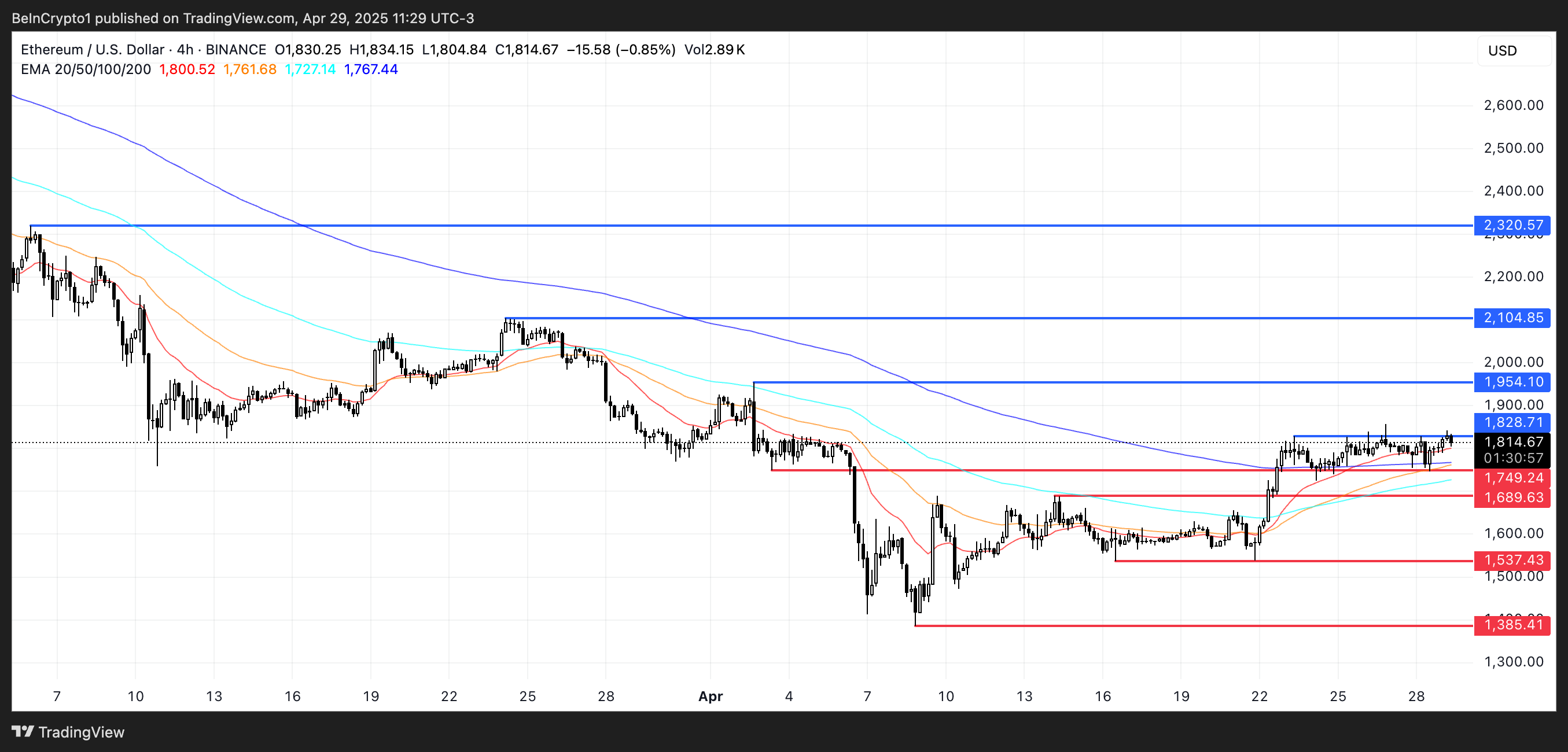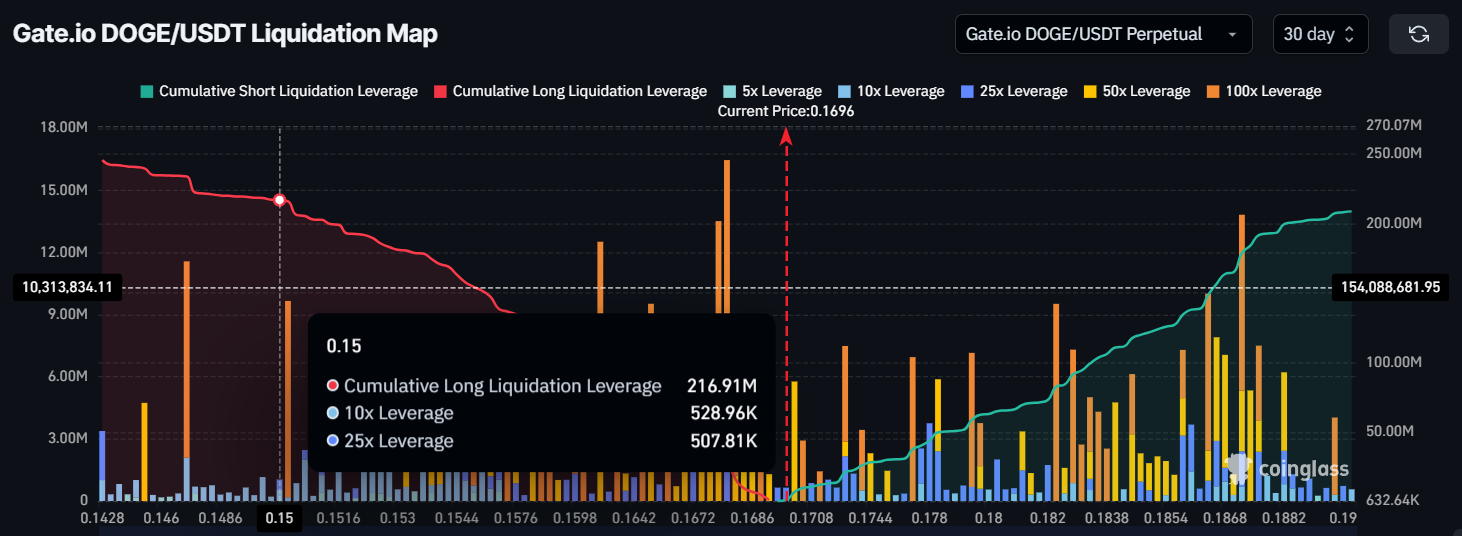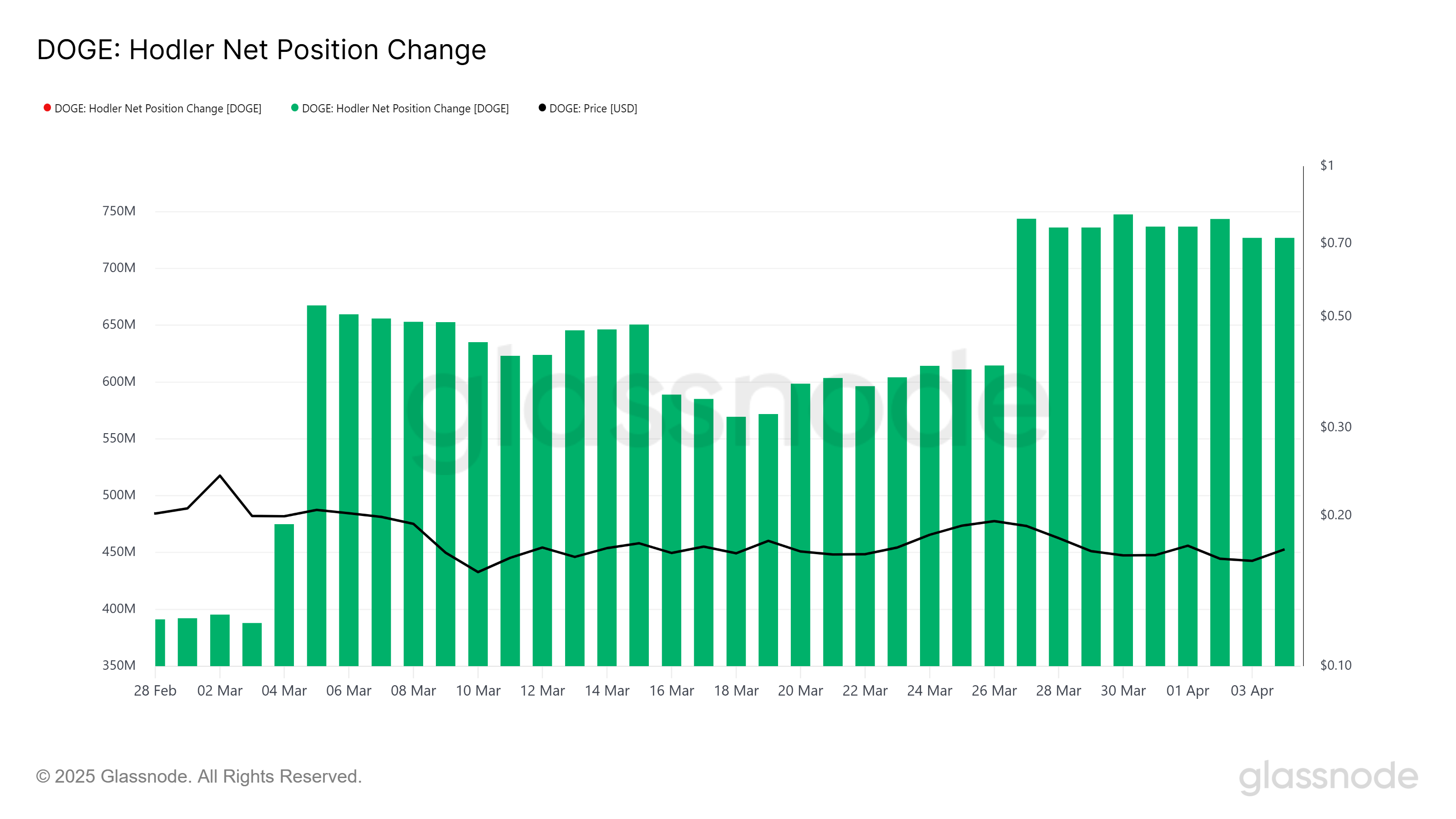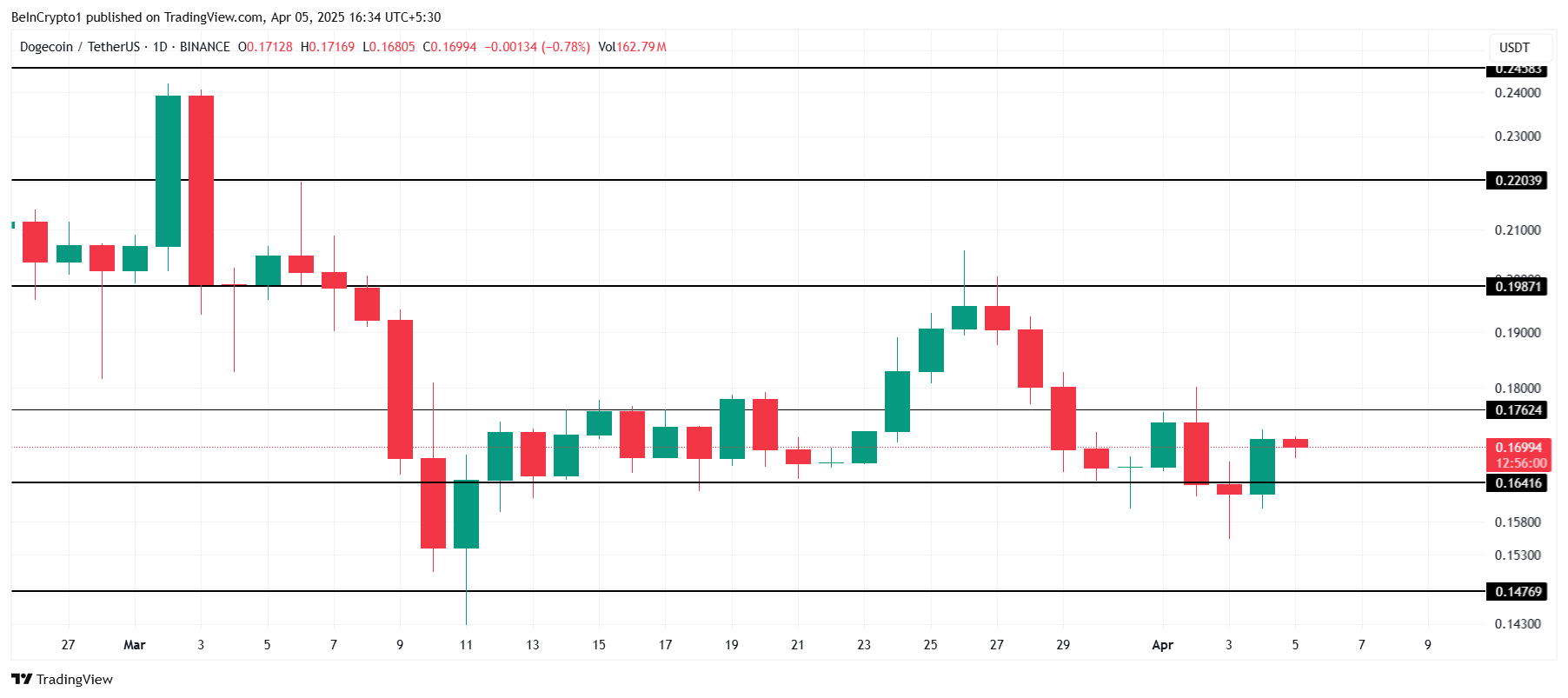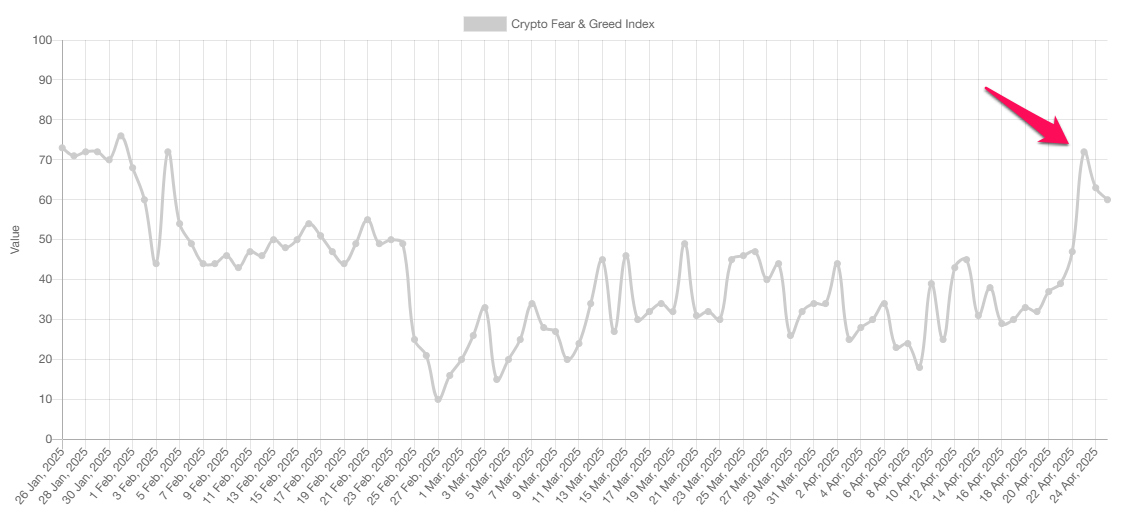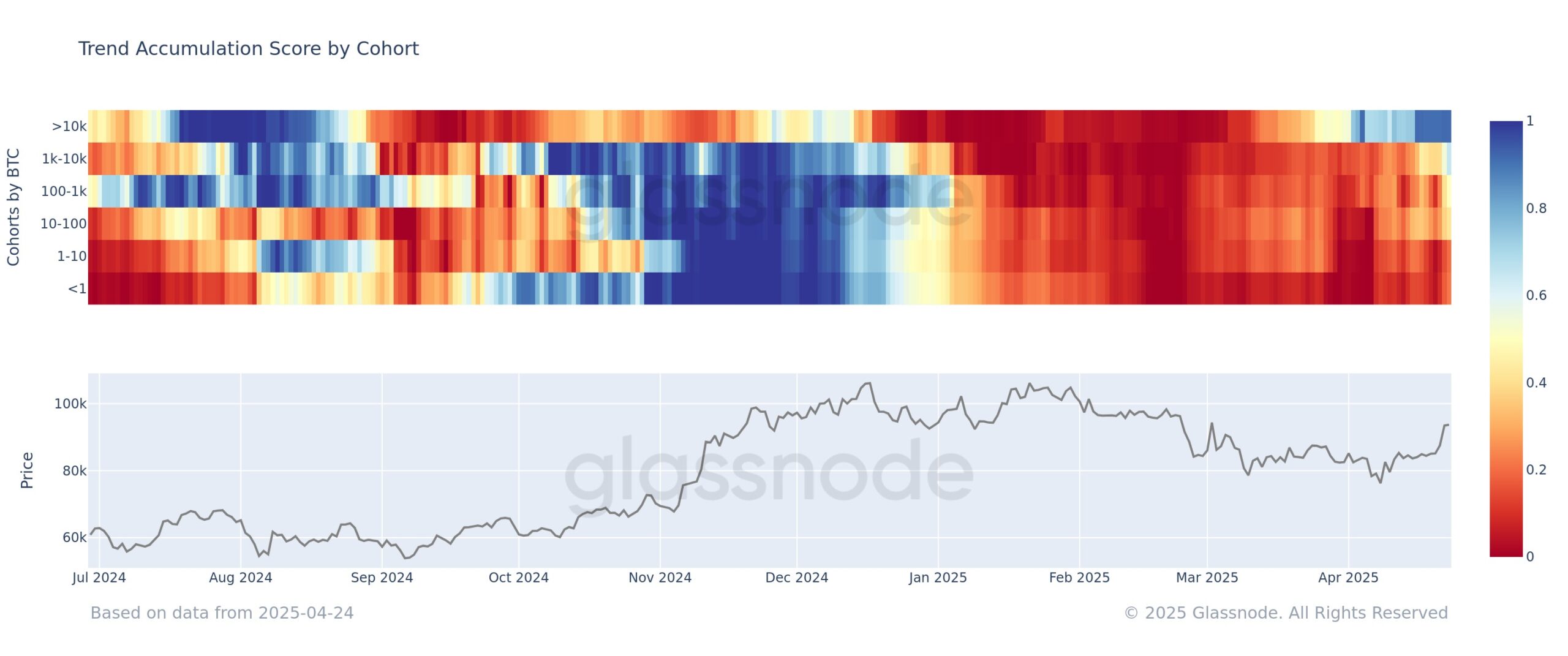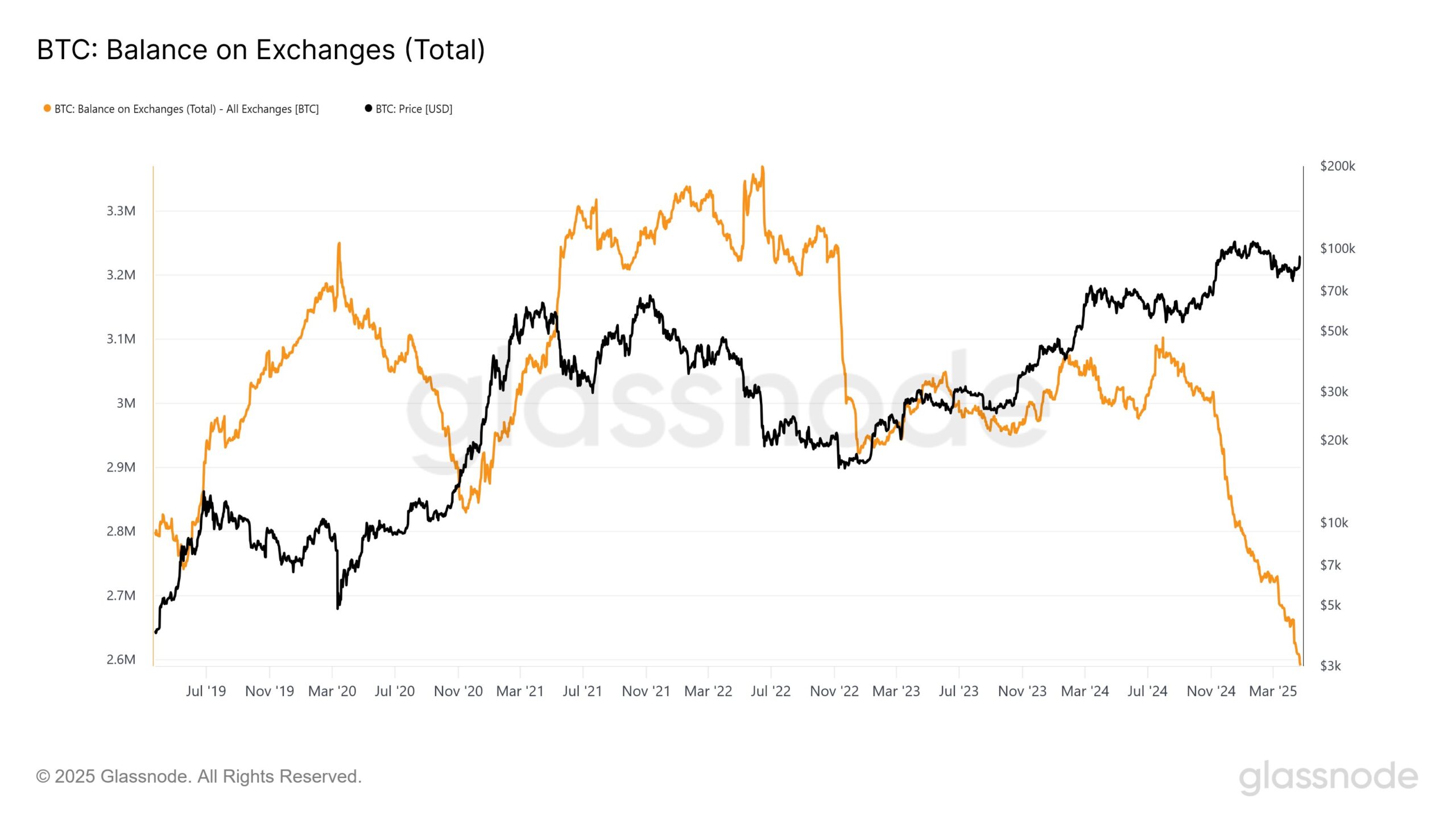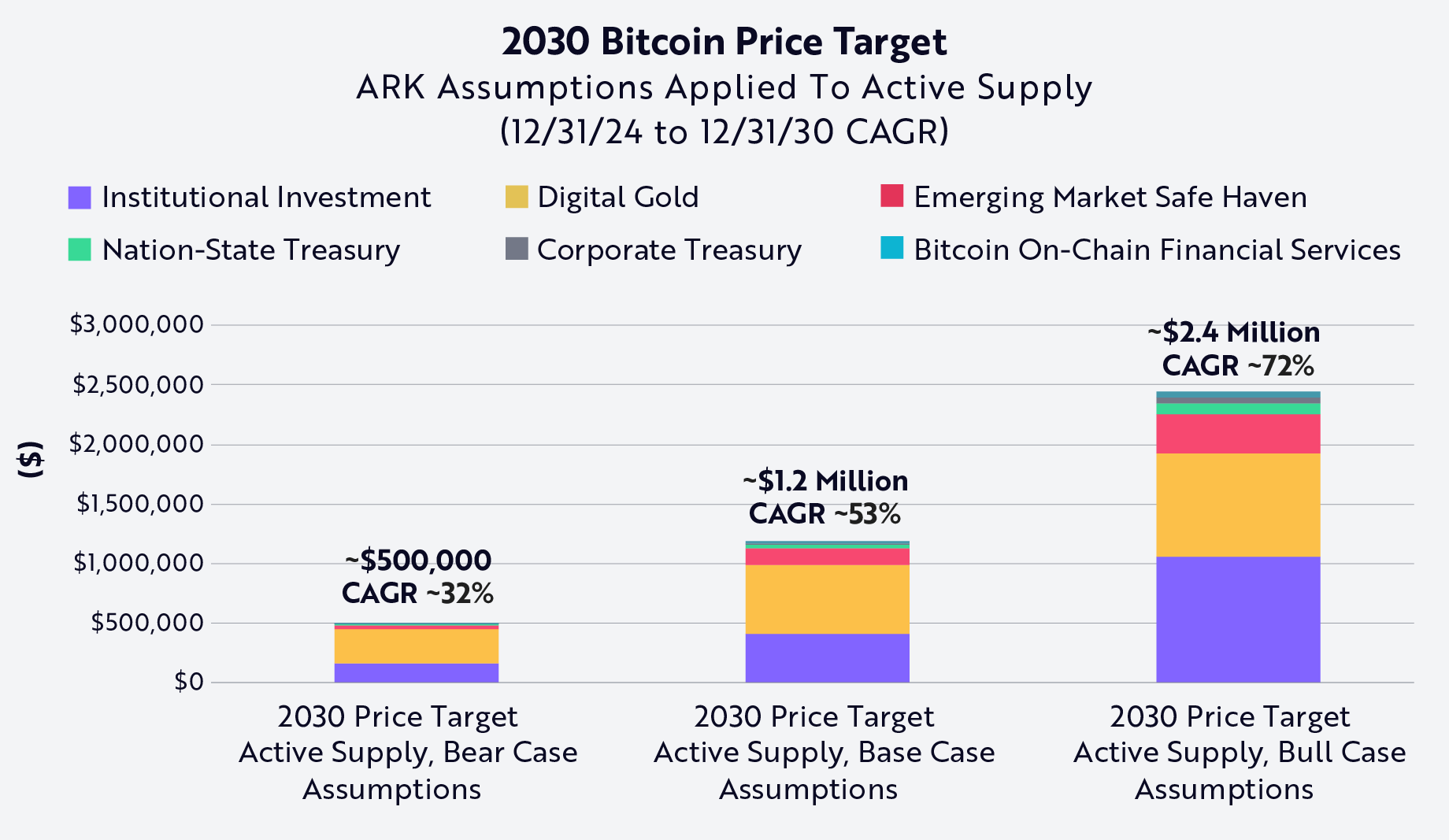The Yua Mikami meme coin (MIKAMI) experienced a dramatic price drop shortly after its launch on May 8, 2025.
This meme coin, tied to Japanese entertainment star Yua Mikami, plummeted over 80% from its peak, leaving pre-sale investors with losses of up to 60%.
Fans Burned as Yua Mikami’s Meme Coin Collapses
Yua Mikami, a well-known Japanese entertainment star, had no prior involvement in the crypto space. However, leveraging her fame, Mikami launched her own meme coin, MIKAMI, on the Solana blockchain. This coin initially garnered significant attention from the crypto community.
According to an official announcement from the Mikami Coin account on X, the MIKAMI pre-sale concluded on May 3, 2025. It successfully raised over 23,000 SOL, equivalent to approximately $3.4 million at the time.
The same account confirmed that 17,560 valid addresses participated, contributing a total of 23,320.74 SOL. Notably, the team filtered out over 21,000 spam transactions involving deposits of less than 0.002 SOL. Pre-sale investors received tokens proportional to their contributions, with an average cost of $0.245 per token.
However, shortly after MIKAMI officially launched and began its airdrop in the early hours of May 8, the token’s price nosedived. Within just five hours of launch, MIKAMI’s price dropped to $0.1, marking a 60% loss for pre-sale investors.
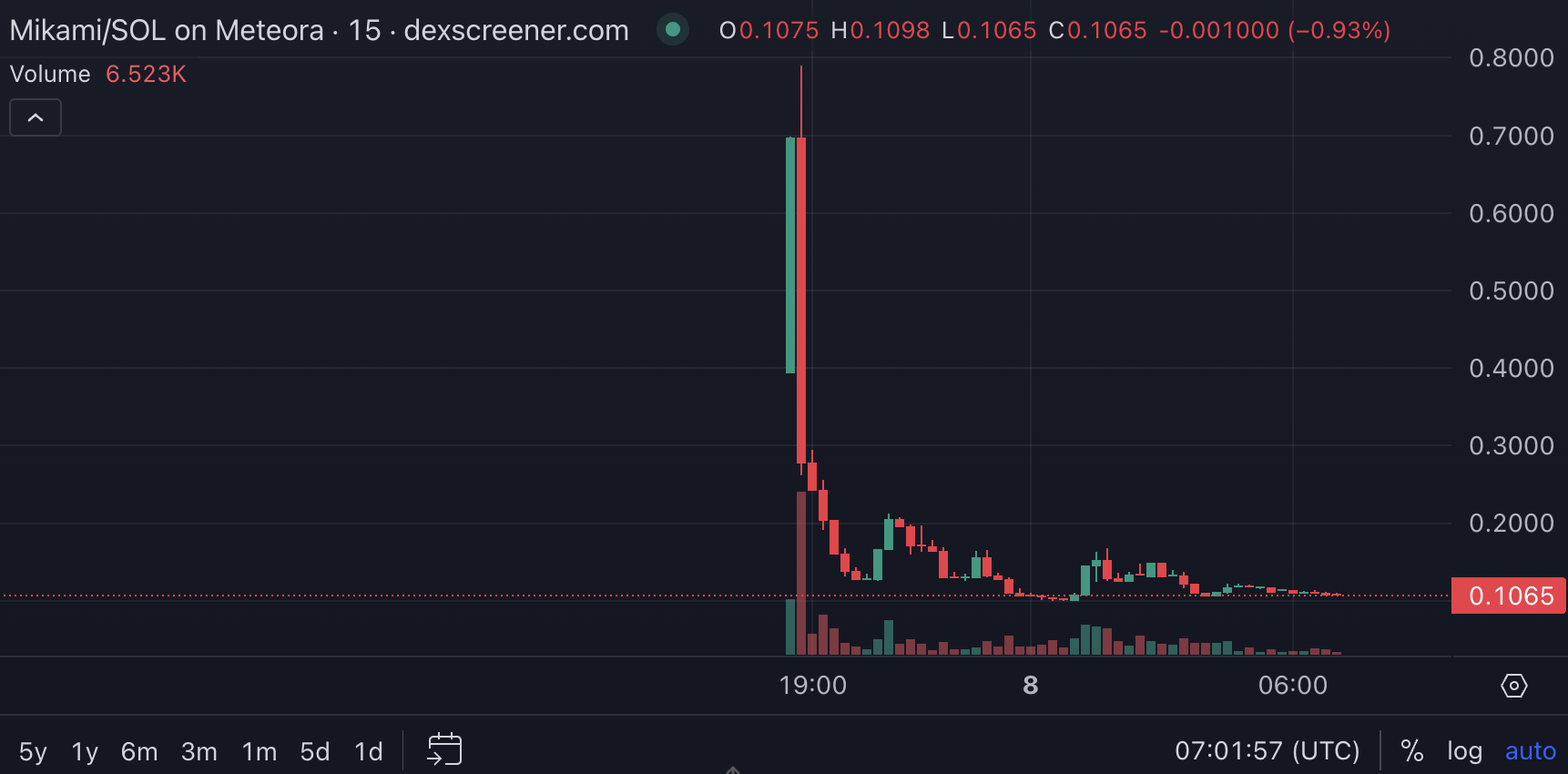
As of this writing, the token’s price has continued to decline sharply, losing over 80% from its peak, with a market capitalization of roughly $7 million. Price charts on Dexscreener reflect this collapse, showing MIKAMI falling from a high of $0.828 to $0.1 in a matter of hours.
What Caused the Sharp Decline?
The crash of MIKAMI is not an isolated incident in the meme coin market, which is notorious for its high volatility and reliance on crowd psychology.
“Meme coin psychology: It’s not FOMO — it’s “maybe this one will fix everything,” said one X user
However, these tokens frequently lack intrinsic value and are prone to manipulation. In MIKAMI’s case, the 80% price drop immediately after launch suggests a possible “sell-off” by large investors (whales). They accumulated tokens during the pre-sale and dumped them once the token was listed.
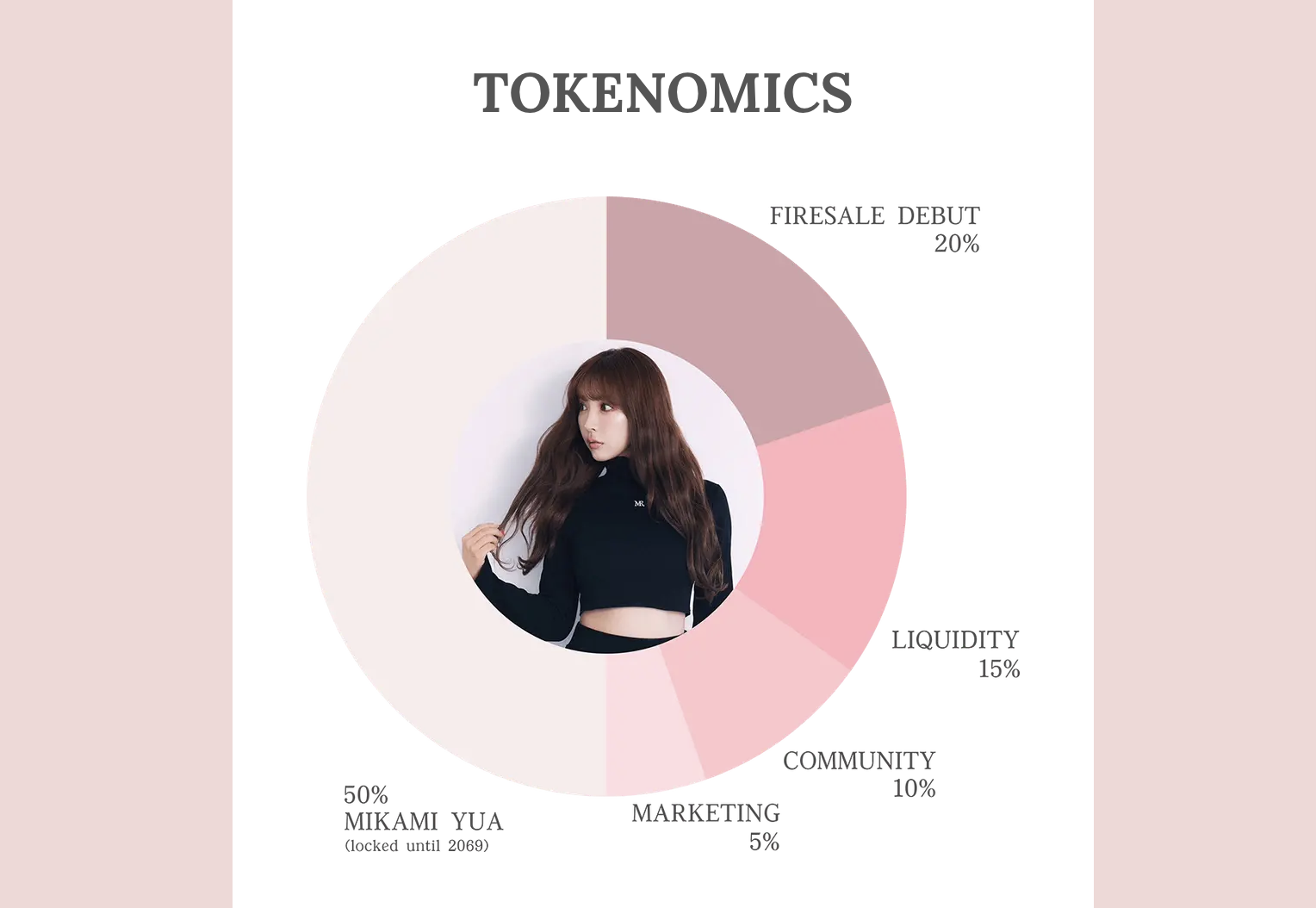
Additionally, data reveals that MIKAMI’s tokenomics structure carries inherent risks: 50% of the total supply is locked for Yua Mikami until 2069, 20% was allocated to the pre-sale, 15% to liquidity, 10% to the community, and 5% to marketing.
The 15% liquidity allocation is considered low compared to the typical 20-25% standard for meme coins, making the token’s price highly susceptible to sharp fluctuations during significant selling pressure.
Meanwhile, MIKAMI’s collapse was also influenced by broader market sentiment. At launch, the meme coin market was facing a downturn, with a 56.8% drop in capitalization since December 2024. This makes investors susceptible to panic selling when prices fall, further exacerbating the downward pressure on MIKAMI, which already lacks liquidity and community support.
The downfall of Yua Mikami Meme Coin (MIKAMI) serves as a textbook example of the risks inherent in the meme coin market, where high expectations tied to celebrity fame often fail to sustain token value.
The post Meme Coin Mayhem: Japanese Star Yua Mikami’s Token Drops 80% Post-Launch appeared first on BeInCrypto.





